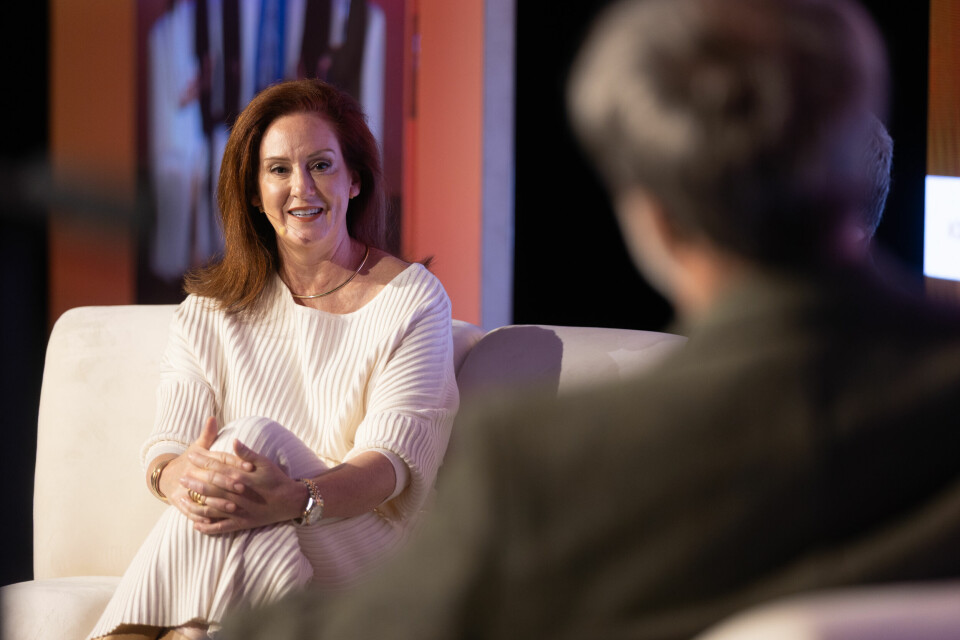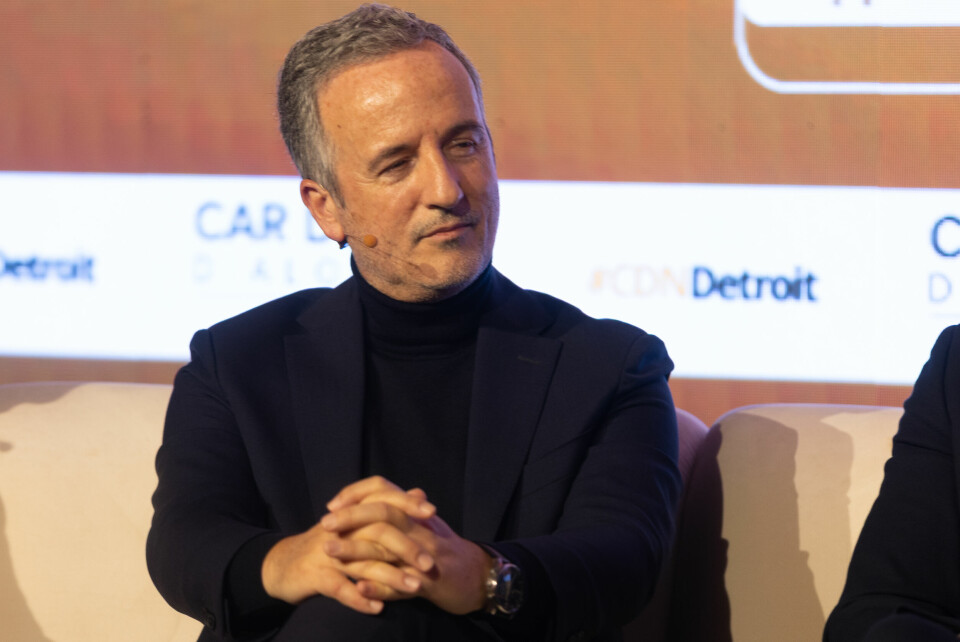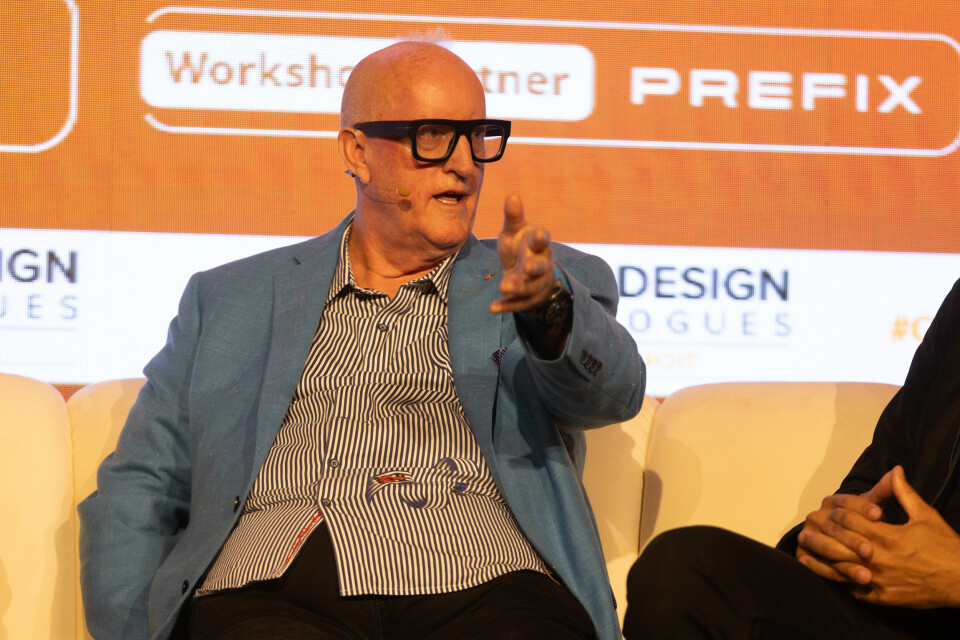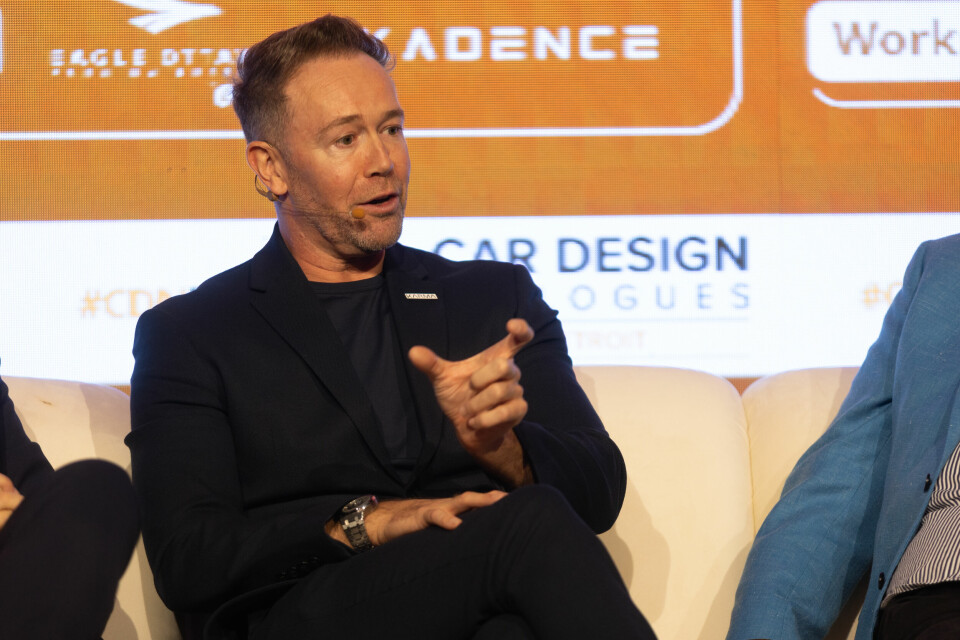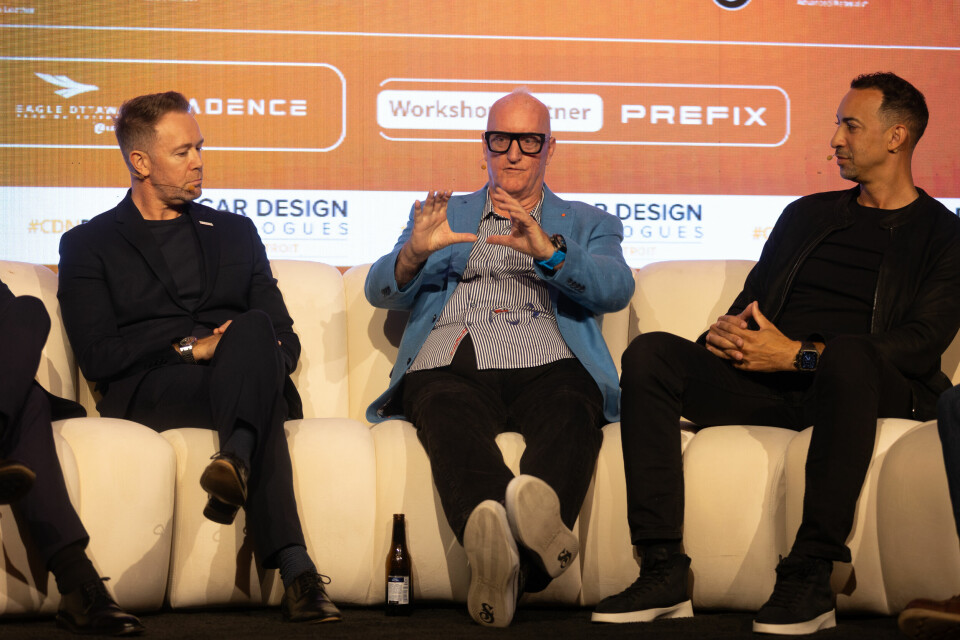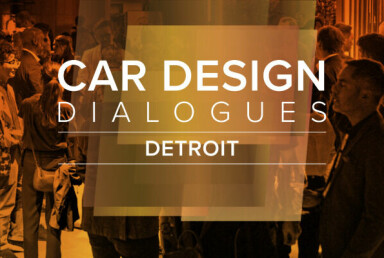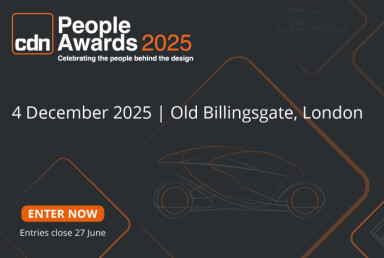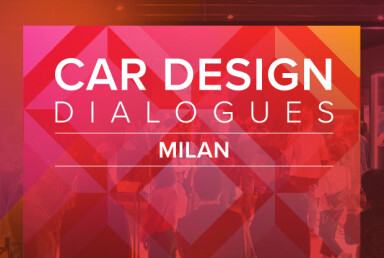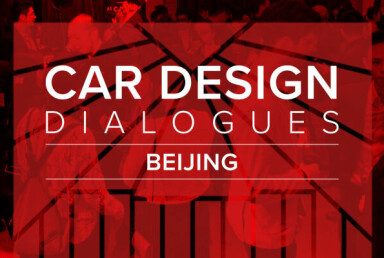Global design
"A global brand embraces every culture"
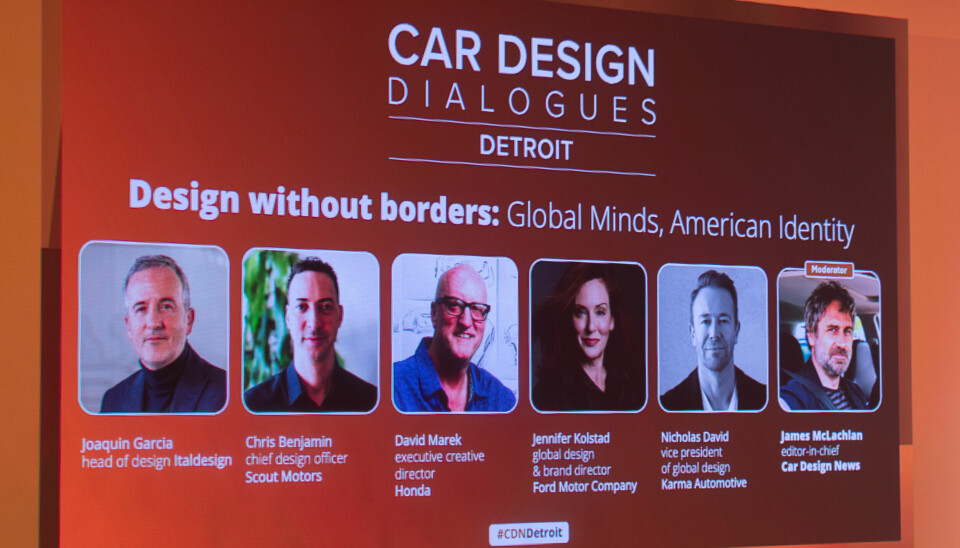
In an increasingly global design ecosystem, how are international creative leaders shaping the future of US automotive design? Design leaders addressed this topic and more at CDD Detroit 2025
Alongside luxury and muscle cars, the notion of global collaboration was a central theme of Car Design Dialogues Detroit. The second panel of the evening brought together a mix of speakers and brands including:
- Nicholas David, VP global design, Karma Automotive
- Jennifer Kolstad, global design and brand director, Ford Motor Company
- Joaquin Garcia, head of design, Italdesign
- Chris Benjamin, chief design officer, Scout Motors
- David Marek, executive creative director, Honda
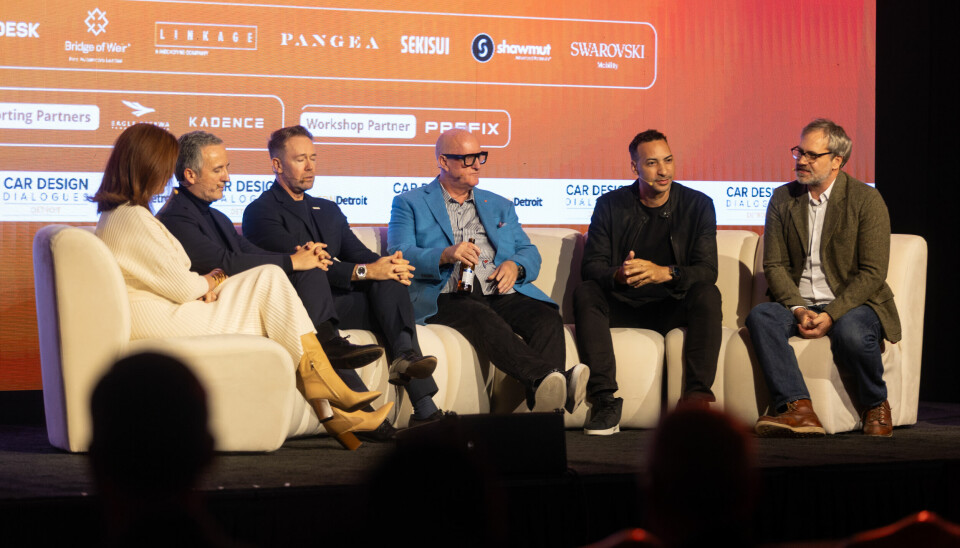
Scout's Chris Benjamin opened up by explaining how a global view of the world shapes his approach when it comes to building a brand: "I'm a native New Yorker and moved to Miami when I was young. But as a car designer, I grew up in Europe with Mercedes and Volvo, and then time in California as well. Before I joined Scout, I was with Stellantis for ten years here in Michigan. So having that global perspective and seeing how things are different in America and in Europe inform the choices that I make and the things that matter."
Although there may have been some culture shock in the early days, Dave Marek described Honda as a "global brand that adopted American values immediately" upon its entry to the market in 1959. There has since between a continued process of knowledge sharing and a merging of viewpoints.
"Our Japanese associates go back to Japan with the American mindset," Marek explained. "Like Chris said, you end up combining all of your experiences, and you can't help but be bolder. If you take the American pioneering spirit and the Japanese mentality of refinement and perfection, you've got the best of everything. So to me, a global brand embraces every culture."
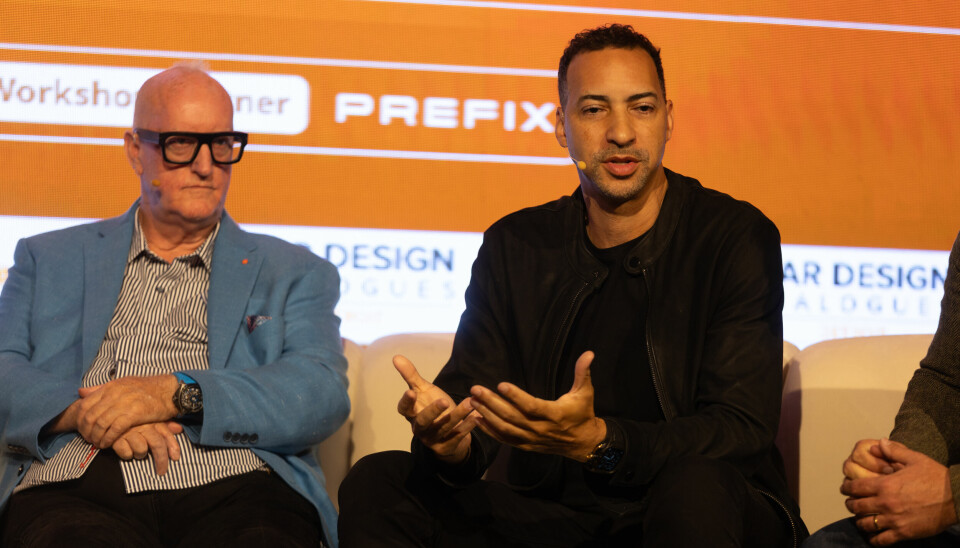
Scout is a distinctly American brand with strong US influences to lean on, but even so, Benjamin mused that things are maybe a little simpler and boil down to human emotions ,not geography. "Everything that humans are about is what they feel. What they experience when they walk into a showroom, how they feel when they sit inside of an interior, what they imagine when they see an exterior for the first time. For my team and I, it is about playing on those emotions, because if you don't feel something, then what's the point?"
Ford's Kolstad is of a similar view, pointing out that the Ford experience centre is explicitly designed to "feel Ford" without blue ovals constantly in your face. "In other words, the building is a representation of our values so we didn't have to overtly sign ourselves," Kolstad explained. "If you've been to the Experience Centre, you've probably detected Ford and many different iterations, material, strategy, textiles, all of these kind of proprietary things. But we honour the cultural and the behavioural needs of people, regardless of where they are. It's about balancing consistency and contextuality."
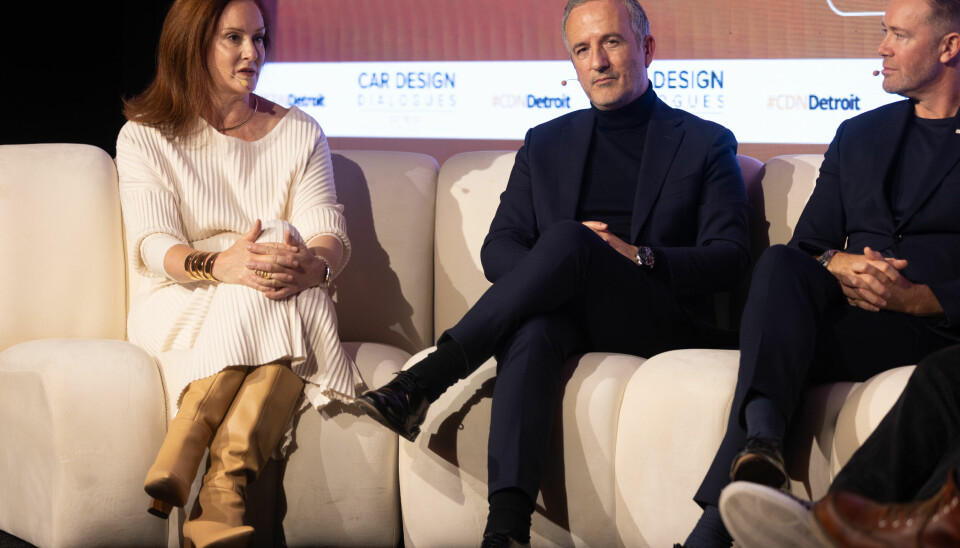
Karma's Nick David explained that, as a brand with no real heritage — in the way that legacy brands like Honda and Ford do — it instead drew on distinctly American themes beyond car design to help inform its design language. "We're looking back at what made America, America. These monumental buildings, the fearlessness, Hollywood cinema, the sheer expanse of America. All of that feeds into our vehicles and as we move into the ultra-luxury orbit, we are really pushing a lot on experience, with cinematic moving items and expansive surfaces."
Joachin Garcia was fondly dubbed "Mr Switzerland" in the sense that Italdesign is not wedded to one particular market, a title he took with humour. However, he pointed out that the company does of course have its opinions on things, and boasts a broad world view of design that plays well in today's environment. In fact, he raises the notion of a global company being able to strengthen a client's local identity.
"We are good at teaming up with our clients but we are also strong at sharpening identities," Garcia explained. "In one day we might have meetings with Japan in the morning, Europe during the day, and the US in the evening. For a designer, this is fuel; this is freedom. We still apply our Italian love for beauty, refinement, sophistication and innovation, which is applicable to any brand worldwide. But by no means do we want to dilute the identity of our clients. On the contrary, we want to enhance those identities. And why not bring an outsider's view? I think that's valuable."
How can a global design footprint make the most of its various outposts around the world while respecting its central heritage? In Marek's view, no idea is a bad idea and all sites should have an equal say. "You have these regional operations that are all kind of a global unit. Honda has a philosophy of respect for the individual, so that means if you have a good idea, we'll do it."
